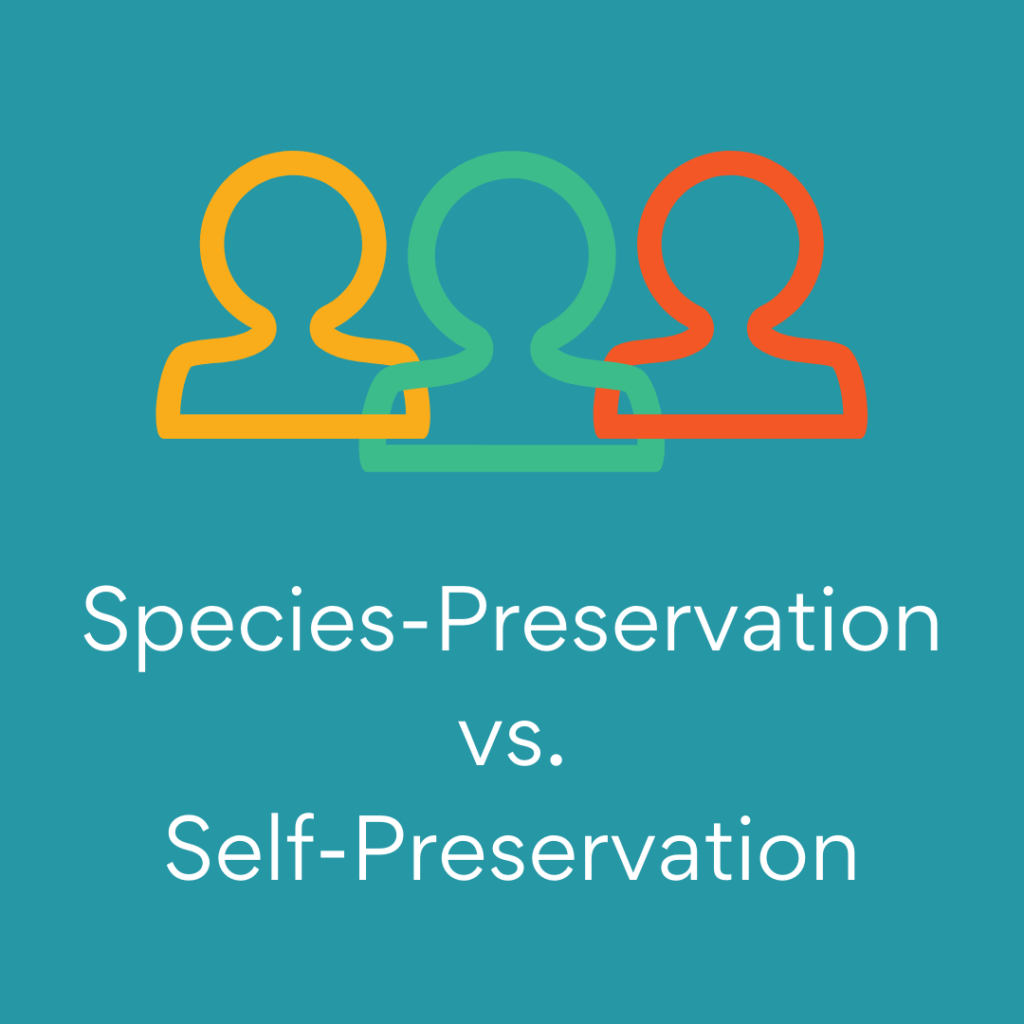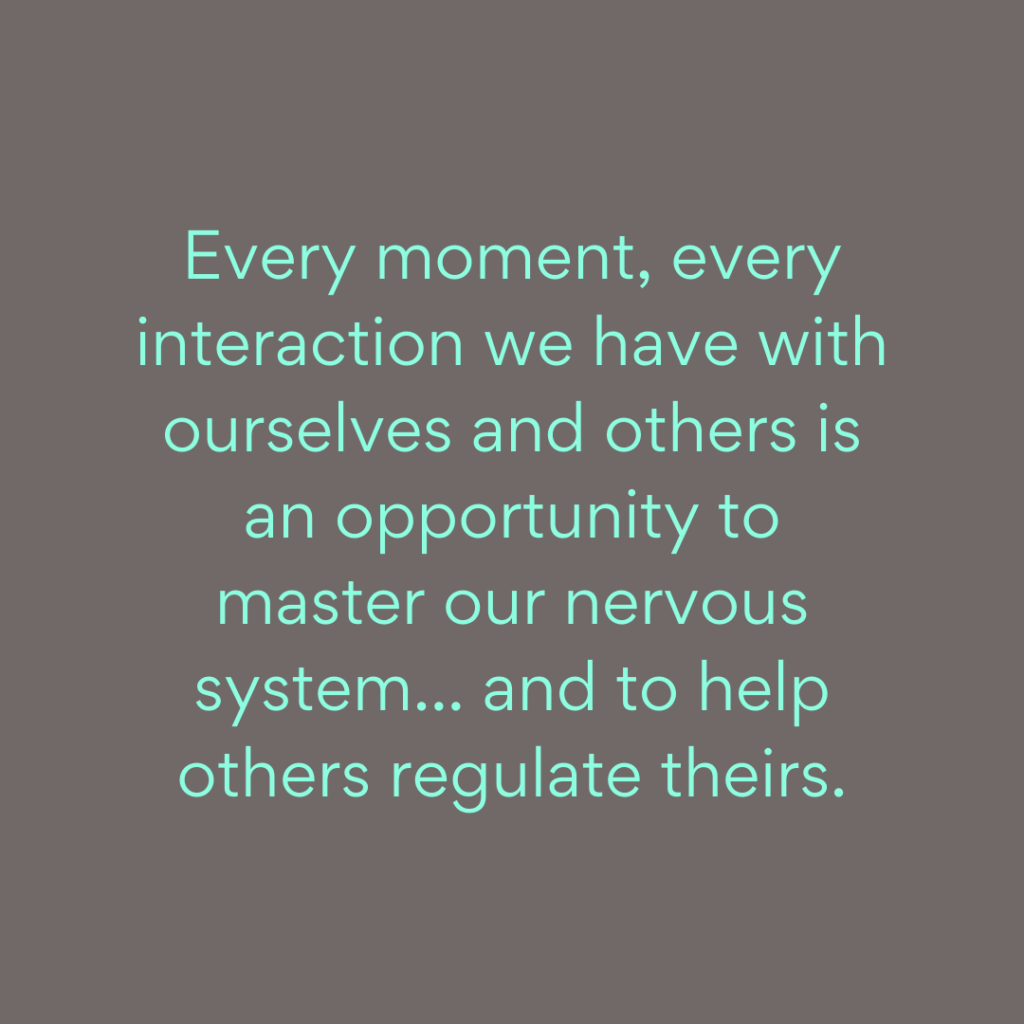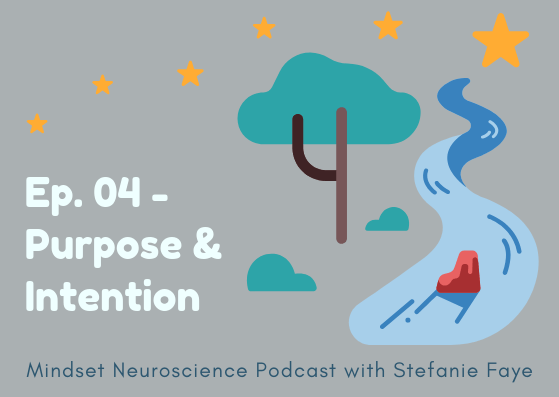The spectrum of human behavior we see as ranging from inspirational to irritating to horrific are tied to two key mechanisms
- Self-regulatory systems: neural and behavioral resources that we are NOT born with and must have attachment-based experiences in order for related brain architecture to develop
- Species-preservative behavior: mammalian systems related to affiliation, attachment and attunement*

Every moment, every interaction we have with ourselves and others is an opportunity to master our nervous system and to help others regulate theirs.
To hone our skill as a Super-Regulator, one of the first steps is to become a safe harbor to ourselves.
Mastering our nervous system is therefore tied to Self-Regulation

Our ability to self-regulate is tied to 6 Key Pillars:
1) Ability to co-regulate with others
This means we are able to seek out closeness, intimacy and psychological safety with others. This helps us get out of the trance of our own thoughts and narratives. It opens us up to other people’s experiences and perspectives, and also serves as a mirror for us to practice how to send signals using our voice, hands, face and body in ways that create feedback loops with others that are co-creative, restorative and safe. These are types of Species Preservative Behaviors and are tied to oxytocinergic systems that help us achieve homeostasis through connection.
Social interactions also help us complexify our problem-solving and creative abilities by offering multiple unpredictable and unstable feedback loops that we must engage in moment-by-moment. My latest videos (including the ones below) provide ideas for how to get better at co-regulating.
2) Ability to have autonomy when we need it.
This means we are able to have boundaries and are able to take a break from others in order to tune in to our own internal environment. This helps us get clarity about what feels truly good to us, what is important to us - without being influenced by others’ moods and the pressures they put on you to be a certain way for them.
Certain types of unavailable, misattuned or insensitive caregiving affect how we deal with a need for autonomy in adult relationships. (see my article and video on How to Have More Intimacy and Independence in Adult Relationships)
3) Ability to engage/disengage, suppress/enhance a variety of systems and states
Disengagement and down-regulation: If we are over-stimulated, over-thinking, if it feels like our mind is racing, or we can’t control our reactions to others…then suppression and inhibition is the key. This means we need to use our executive functioning abilities to choose to retreat, quiet down, be still, reflect, meditate, journal.
A racing mind - a mind that feels out-of-control, anxious, distressed is reflecting hyper-arousal and over-activity. Inhibitory and down-regulating abilities can be learned through meditation, attentional training, various types of cognitive training and mindfulness activities.
Engagement and up-regulation: If we are feeling down, resigned, hopeless, helpless, disconnected, disengaged, depressed, if it feels like nothing is ever going to change or get better, or we can’t get ourselves to do the things we know will help us achieve our dreams, then initiation and up-regulation is the key. We need to be able to enhance emotions, increase arousal, positive emotions and exploration when we need it, using sympathoexcitatory, dopaminergic circuits.
We can do this by engaging in movement, play, sports, fun social interaction, listening to fast-paced music (especially if there are loud base frequencies), punching pillows, hitting balls, and talking loudly. Anything that forces your breath to quicken and increases blood flow to skeletal muscles for limb movement and mobilization (the video below goes into this, as well as my article and video on the 9 tiers of nervous system responses.
5) Ability to withstand uncertainty and unpredictability.
We need regularity and rhythms to help us stabilize and reduce stimulation when needed. However, we also need large amounts of variability in order to increase the resilience of our bran-body regulatory mechanisms. As Schore states in Affect Dysregulation and Disorders of the Self:
“Dysfunction of psychobiological regulatory systems is most obvious under stressful and challenging conditions that call for behavioral flexibility and affect regulation. [...] what is not adaptive is a lack of variability in the individual faced with environmental demands that call for alternative choices and strategies for change”.
These challenges can come in the form of trying completely new activities - both in the outside world, where natural systems give us opportunities to adapt, and also social situations where you try something new. This could mean:
- asking for help when you normally don’t
- giving space when you normally intrude
- expressing love for someone when you normally hold back
6) Ability to monitor and adjust as needed.
This means that you have the ability and willingness to check in with yourself throughout the day, every day:
- Monitor your internal environment and notice what ‘feels right’ and what doesn’t.
- Take an inventory of how you feel at the end of each day - notice patterns of when you felt alive and safe and happy, and when you didn’t.
- Notice when you felt under-stimulated (disengaged, submissive, down, fatigued, hypo-aroused) and when you felt over-stimulated (anxious, aggressive, racing mind, impulsive, hyper-aroused).
In this first video, I cover:
- 3 specific things you need to gain mastery over your nervous system responses
- how to avoid being rigid or repetitive in your reactions to challenges and situations
- one particular practice that can help you access your most mature brain circuitry within your interactions and relationships
- the importance of context sensitivity, regulatory flexibility and feedback responsiveness
In this video, I cover:
- how to use two specific kinds of focus to engage or disengage in ways that help lower stressful emotions
- how to use these two types of focus to build healthier habits for personal and relationship growth.
- how to use engagement strategies to have 'aha moments' or new perspectives about a situation that is challenging you
*"As reviewed by Henry, self preservative behavior emphasizes power and control, is associated with catecholamines, thyroid hormones and left hemispheric functioning while species preservative behavior emphasizes attachment, familiarity, reverence and synchronicity, and is associated with cortisol, oxytocin and right hemispheric functioning. Traumatic stress seems to disturb this hemispheric balance which is reflected in the suppression of cortisol and loss of attachment behavior and other species preservative right hemispheric functions." -
References
Schore, A. (2003) Affect Dysregulation and Disorders of the Self


